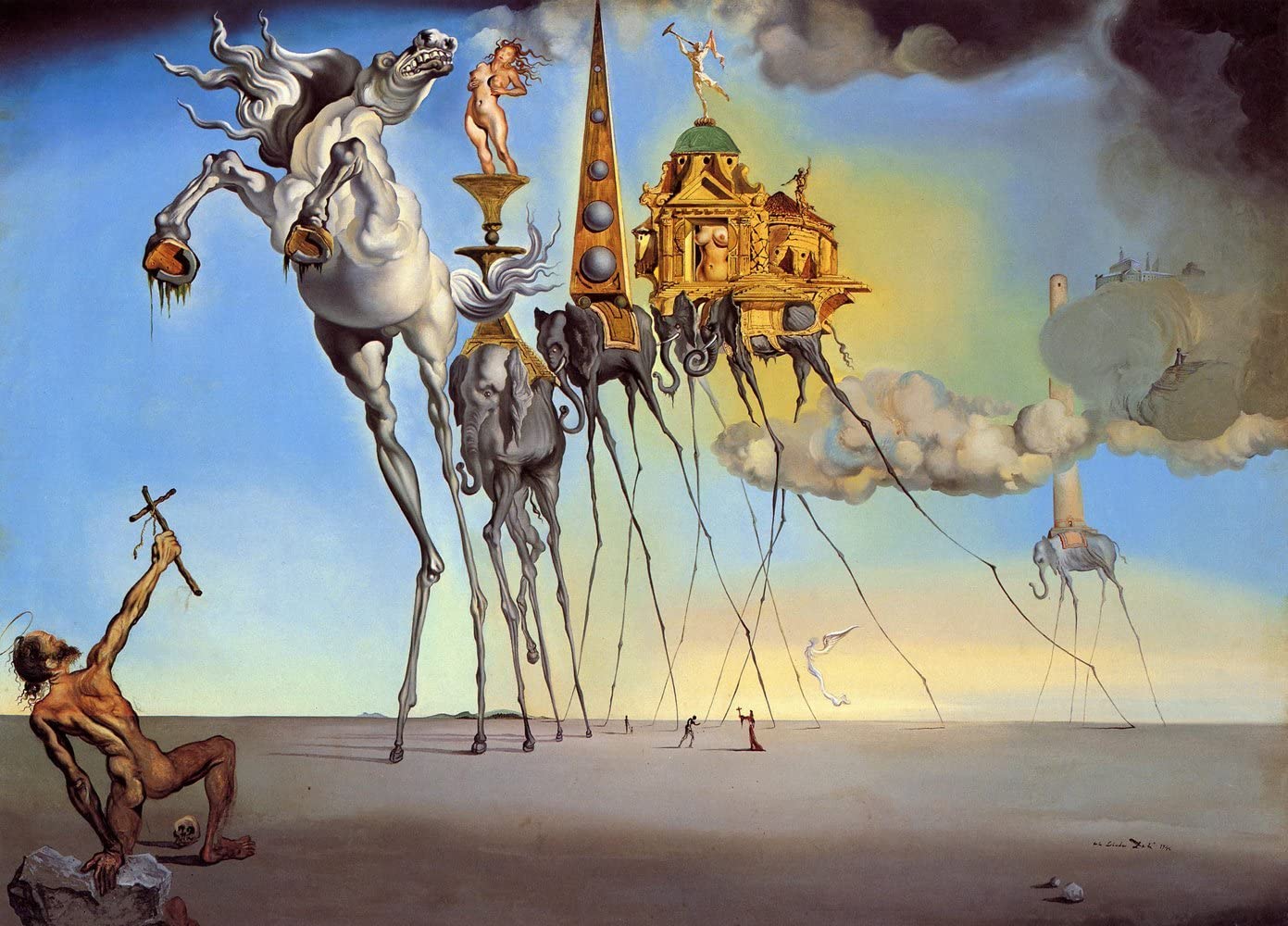
MASS SHOOTINGS, MASS DELUSIONS
Yesterday’s 4th of July mass shooting in Highland Park was the latest incident in a string of hyper-publicized mass shootings. I believe the two previous incidents of this type were the massacre at the Uvalde school in Texas, and the mass shooting at the grocery store in Buffalo, NY.
I say “this type” because there’s another, more ubiquitous form of mass shooting that never gets any attention at all. It’s lumped into our collective consciousness as “blacks killing blacks.” In Chicago, they happen a couple of times per week (for instance, this one and this one).
What is the type of shooting that does captivate the nation’s attention? Normally it’s the kind that involves a young man, Columbine-style, deranged and unhinged, who decides to avenge himself on his community, high school, elementary school, or family.
Let’s call the Columbine-style thing “Type A,” the black-on-black mass shootings “Type B,” and plain-old murders “Type C.” Based on the FBI’s data for 2020, all types together had left about 10,400 Americans dead.
Type A, which the FBI also designates as an “active shooter incident” left in its wake 38 dead Americans in 2020 (in 2021 the figure was 103). Since this FBI report excludes gang violence, we can be relatively certain the numbers only include Type A incidents and not black-on-black summer gang shooting festivals.
As to Type B, one has to dig a bit further. Types A and B together harvested 518 dead in 2020, and so simple math provides that Type B in 2020 resulted in 480 dead.
Meaning, Type C (~10,000)>>Type B (480)>Type A (38).
Why does Type A then receive so much attention, including international coverage, while nobody ever cares about Types B and C? I’ll leave that for another post. Briefly, while Type A’s numbers are minuscule, and the obsession about them irrational, there is something understandable about the terror involved. It’s of a feather with the black ravens of our fear of the dark, our terror of sharks, and our anxiety about exploding airplanes. Such incidents are indeed very creepy.
Can anything be done about Type A incidents? Let’s try to analyze some of the common debate points.
First, from the Right, comes the cultural point. If we fixed the culture of resentment, broken homes, repudiation of our heritage, etc., such incidents won’t happen. Well, maybe. Good luck with that.
The Left’s response is the ubiquitous, “We don’t have time to fix the culture, our children are dying, take away the guns!”
This argument has two sub-arguments. Guns as a cause and guns as enablement.
The guns-as-a-cause argument posits that it is access to firearms that creates these incidents. After all, America is unique in the West in its protection of the right to bear arms, and America is unique in the West in its high murder rates (about 5 per 100k, the highest in the West).
Well, that argument doesn’t stand a closer review. States like Minnesota and Maine have much higher gun ownership rates than states like Illinois, yet much lower murder rates. Worldwide, countries like Israel and Switzerland have a higher rate of gun ownership than places like France or Sweden, yet have a lower murder rate overall.
America is unique in the West in a few more parameters that probably contribute more to our overall rates of murder.
Then we have the guns-as-enablement argument. This is a fairly powerful and reasonable argument. It maintains that if you forgot about the Second Amendment, and made all firearms disappear, you’d then eliminate all the shootings. Tautologically, this is obviously true. No shootings without shooting. But it’s not a realistic argument at all.
First, we do have the Second Amendment, and many people like it. Second, there are more than 434M (yep, millions) guns in circulation in America – it would be absolutely impossible to make them all disappear. It’s even less realistic than my own personal delusion of wishing the 1950s to come back. Third, people that wish to break the law tend to find a way: We have laws against the use and sale of fentanyl, yet the stuff keeps coming in. Why would firearms be any different?
So the guns-as-enablement argument also falls apart.
Then you have the mental health argument: We need to lock up more crazy people, or at least prevent them from acquiring firearms! This is also a bit tricky. Perhaps there is a way to improve things marginally, but how is mental illness supposed to show on people’s background checks? Psychiatrists and psychologists are not required to report their patients on any database unless the case is absolutely extreme. Should they be mandated to do it? Perhaps. Maybe every schizophrenic should be registered with the FBI. Wouldn’t that dissuade people from seeking mental health, though? We may simply end up with more undiagnosed schizophrenics.
Should we force people to seek mental health? Make it easier to commit people based on their neighbors’ complaints? I’m not so sure. Very quickly your own neighbors may complain about you.
Types B and C crimes could probably be minimized dramatically if we adopted the penal policies of Singapore. Just execute every violent criminal or something. In a generation, you’ll have the crime rates of Denmark. Call it “mowing the lawn.” I’m all for it, but Type A is a bit different. The shooter typically gets killed anyhow and knows such a fate is likely. They do it despite the risk, or even because of it – they want the publicity.
And so the best way to probably minimize these incidents substantially would be to somehow not talk about them. We have such discipline when it comes to suicide incidents, perhaps we can show the same restraint in the face of sensational Type A murders. Until then, in a country of one-third of a billion people, we are bound to face the statistical fact that shit happens.
Follow us on Twitter!
And sign up for updates here!